A chat with Shanker Raman, graduated from the FTII Cinematography batch in 1995
As a child what were your early influences towards cinema?
As a child I wasn’t a film buff or even close to it. Going to a cinema hall was a luxury. My film viewing was restricted to the Sunday evening films shown on DD. All through my growing years I was never encouraged to watch films leave alone form an opinion about them.
Did you start with photography? If yes, why did you choose to leave photography to take up motion picture professionally?
I did start with Photography.
In my second year at St Stephen’s College the photographic society organized a photo competition called “Aperture”.
I went in casually to see the exhibition and remember being dazzled by the photos I saw.
Particularly this photo essay by dear friend and photographer Gautam Singh titled “From home to college”
That was the turning point.
I inherited an old beat up Pentax SLR from my brother. In college, I had access to a darkroom where we would get subsidized printing paper and chemicals to process and print our negatives.
We even got subsidized black and white film. Cine stock ORWO NP 55 respooled. This was the only thing we could afford since color printing was too cumbersome and expensive.
I learnt what I know about photography from Gautam Singh. He taught me how to see with a camera.
Photography was nothing remotely close to anything I had done before. It was a silent adventure. I enjoyed the solitude and it helped me become an individual. It is a high for an 18 year old who has suddenly found a way to express himself.
After College I wanted to become a photojournalist, but in the early 90’s it was harder. Limited access to people and information slowed things down.
So in a sense I never left photography. I was just not able to make a career in it.
How did you first become interested in cinematography?
It was only after I finished school and entered college that I became active as a film viewer.
With my new found interest in photography, my interest in the arts grew and academics diminished.
Films were a revelation. Talking about films was the new thing. The passion and drive was infectious. It was in the air.
I would go to see films screened at Shakuntalam theatre at Pragati Maidan, an approx 80- 100 seater, where they would show all kinds of movies.
Two films which I saw at Shakuntalam changed the course of my life. “Appocalypse Now” and “The Year Of Living Dangerously”
I decided to study film. It was an easy decision because there was no school really for photography at the time.
I also wanted to study Film Direction. But when I applied to FTII, I opted for Cinematography.
I thought if they asked me about Film Direction I wouldn’t know what to say. At least I had some photographs to show, and thought
I stand a better chance to get in.
I am glad I took that call. I joined FTII in Jan 1993.
What steps did you take to train yourself?
I wasn’t a very good student. Film theory was not my forte.
Partly because it may not have been taught effectively.
Technical theory came more naturally to me.
Second year was tough. It’s the year when you specialize.
It took me long time to understand lighting. Not in the sense of why we need to light, but to really get a hold on how to approach it.
The problem was that we were doing camera practicals without a script. So essentially I was simulating the light from a table lamp on a desk and I had no idea why. I struggled with this for a long time.
The second year direction students had a workshop by the great Hungarian Film Maker Istvan Gaal.
Under his guidance they scripted and directed a short version of Andrej Wajda’s film “Innocent Sorcerers” Collaborating with Gaal during the making of the film led to the shaping of a process. He was a father figure with immense experience and knowledge of the craft. He taught us the virtue of being kind, generous and disciplined.
Have you assisted anyone? How does it help one?
I did not assist anyone. I cannot say if it would have helped me or not. But I hear a lot of people have benefited from it. One way or another. Not every DP in the business has been to film school. Some of the good ones have learnt on the job.
How did your first film project come about? Tell us something about the experience.
My first film was “The Great Indian Butterfly” Directed by Sarthak Dasgupta. It was shot in 2004 and released in 2007. It was initially supposed to be a small film shot on DV about a married couple who go on a holiday where things go terribly wrong.
Funnily no one wanted to fund a DV movie on a really tiny budget.
After a lot of running around Parth Arora from Fundamental Films decided to produce the film and we shot 35mm.
We filmed the whole thing in 15 days. And three years later we went back and shot some more scenes.
It was a very long journey for the filmmaker and at a time when independent films were a lot more harder to make.
When I look at the final film today, it is very different from the original idea and intent. What is important to take away
is that it was a labour of love and sacrifice. To make a film that one believed in when no one else did is success in itself.
How do you decide that you want to shoot a given film? What are those factors?
The first thing that attracts me to a film project is the people associated with it. Usually the script or story is not the issue. I am very open to all genres and styles. What concerns me is the story telling. I have had the opportunity to work with some amazing directors who invest in story telling. They recognize
the importance of craft and allow it. Every single moment they are thinking about the film. In their waking hours and in their dreams.
They raise the bar of excellence. And it is a joy to be invited to collaborate. This has set a very high standard for me. I see no other way to make films.
Is cinematography intuitive or is it something you learn?
Cinematography is primarily a craft. It is a craft used to tell stories effectively. It must be learnt in order to make use of one’s intuition and talent.
On the other hand cinematography is not merely the function of a cameraperson.
A good cinematographer must have knowledge of all areas of film making. Craft does not necessarily mean lighting ratios and setting exposure. All this is part of craft but it’s not the whole. Craft is the skill required to provide solutions to all kinds of challenges.
What part does risk-taking play in your work, if any?
Taking risks comes from the willingness to go into the unknown.
It starts there. I try and teach myself something new in each project. I think discipline is cultivating a desire to learn and finding a way to preserve your sense of wonder. Unless you stick your neck out how will you feel the breeze.
Do you think the audience is perceptive about how cinematography augments moods and helps establish a sense of time and place?
I think the audience is very smart. They are also very generous and willing to take the ride.
If the cinematography is in line with the story and narrative there is no way it will not affect the audience.
Today’s audience is more keyed into the look and feel of films. They are perceptive. And it is always exciting to meet their expectations.
There is so much emphasis on technology in the public dialog about cinematography. Is that a distraction from the real job? Has technology changed the way you work?
Technology has certainly changed the way I work but not the way I think. I am fortunate to have studied film. It is still the best medium to shoot on. Less in terms of image quality and resolution more in terms of the process. It helped cultivate self-restraint and orderliness. Which is crucial to bring seriousness to your work.
With digital there are many advantages. Filmmaking has become more accessible. Which is fantastic.
New talent is emerging. Independent films are more common. More risks are being taken. The energy is fantastic.
It is a revolution. But like all revolutions to become a success it is important to preserve your love, in this case, for the medium. To realize that even though image making is easier today it does not make it any easier to communicate to an audience.
Where do you seek inspiration from?
Everywhere. I feel no experience goes wasted if one learns to become the observer.
Any advice to the inspiring cinematographers?
You will learn as you go along. Don’t set a deadline.
The key to entering the unknown is confidence. The key to confidence is knowing the craft.
Learn the craft. Learn to love it. Share it with everyone.
Any memorable blunders?
So many. All the time. Since day one. Lost count.
I hope this interview is not one of them 🙂
Your dream project?
My dream project is to become a street photographer and travel the world.
Your favorite films? At least two of them?
There are so many. But a few films that I revisit often are L’Argent by Robert Bresson, Climates by Nuri Bilge Ceylan,
Rosetta by the Dardenne Brothers and Taxi Driver by Martin Scorcese..
See Shanker’s IMDB profile here.

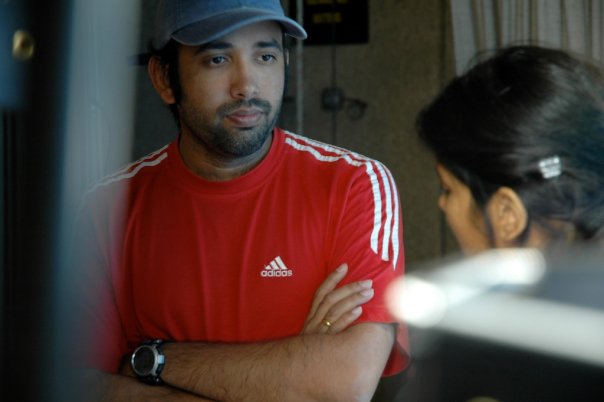
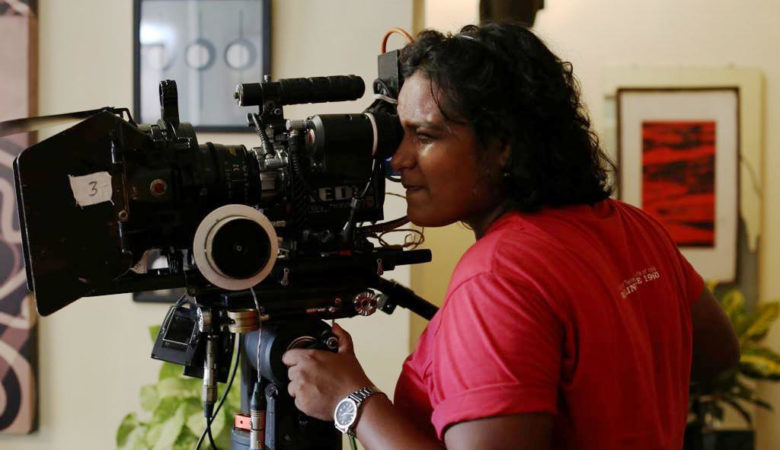
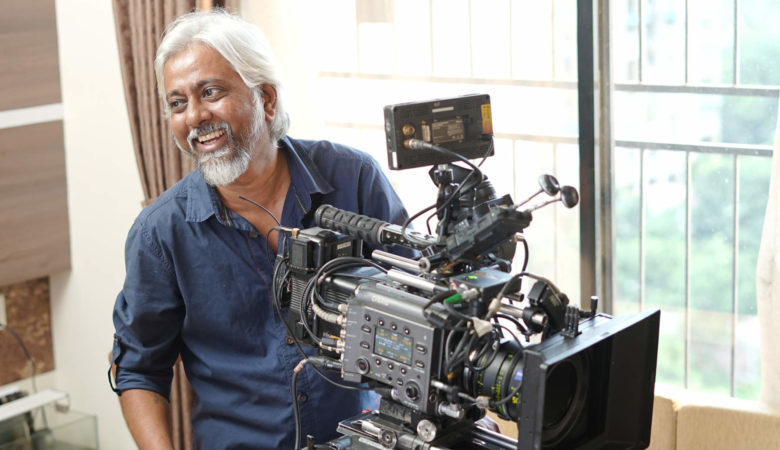
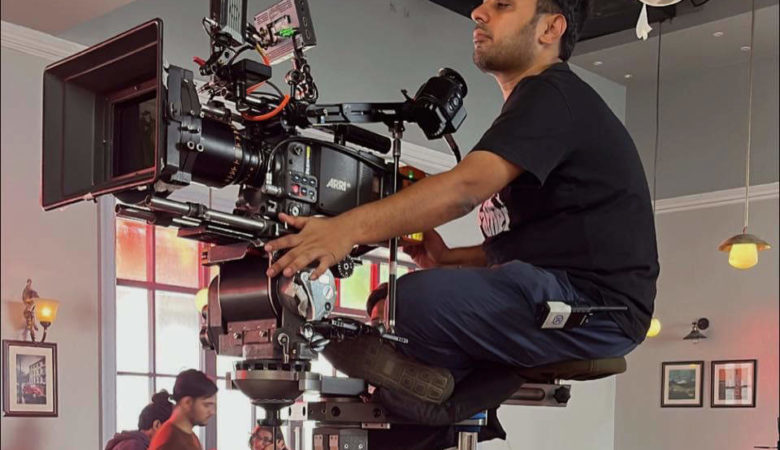
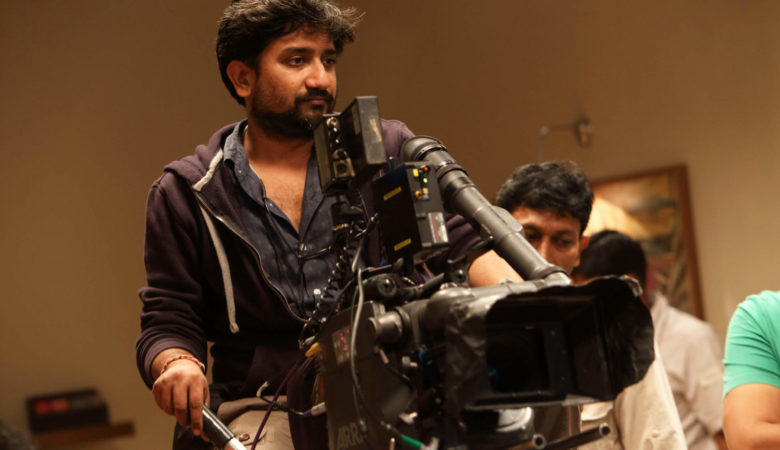



i have learned cinematography from SRFTI
(satyajit ray film & tv institute) and have just started working independently.so for me,this interview was very enriching.
Thanks Anubhab! Would love o have more feedback like yours.
Hi Admin,
This site is so useful. Good to see the alumni of FII.
Please look out my state and i think the answers will help you to enrich this site.
My age is 29 and working in a software firm, Chennai. But from childhood, the only timepass, the only thought, if i strucked by some things for some time, i will be dreaming myself as a director or cinematographer.
In Chennai, most of the institutes are asking huge amount like 2 lakhs to 4 lakhs per year for 2 year course.
So, my point of view, i want to pursue in FII or Satyajit ray film institute.
For admissions into this insitute, is it possible for you to post previous year question papers.
Also, once the course finished what will be the next.. how to overcome the financial barriers.
what is the salary for asst director / cinematographer?
Please confirm if i completed the course in FII, the overall search will be over.
Please let me know.
May be these kind of questions will increase your BP. but I dont know how to approach , how to enter this field.
is the cinemas fiels will be safe as money wise for a family man like me.
Regards,
Manoj Venkatachalam
Hi Manoj. We can’t post questions of the FTII. It’s not allowed legally. But what I can tell is the questions will be from the field of art and culture. I would suggest brush up your general knowledge by reading the newspaper everyday and also get yourself a copy of the Malayala Manorama Annual. Assistant Director and Asst Cinematographer wages may vary from 5/6k per shooting day to close 15/20k per shooting day. That doesn’t mean you shoot for 30 days in a month. You may only shoot 3/4 days a month or more, or less. Enter a detailed discussion regarding this at desishoots.com